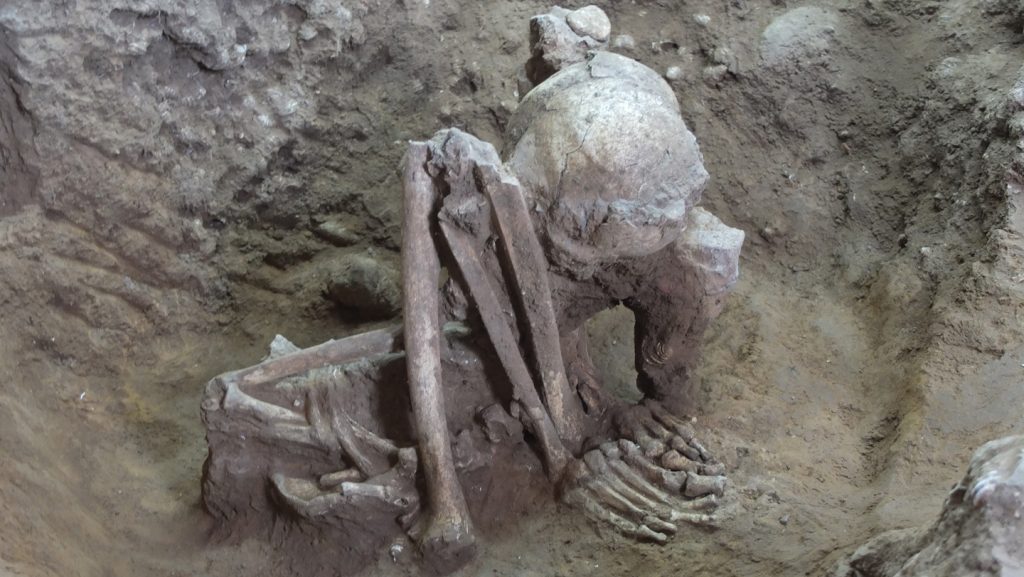Ancient Southeast Asian Mummification: A Legacy Predating Egypt by Millennia
In a groundbreaking archaeological revelation, researchers have discovered that Southeast Asian societies pioneered mummification techniques thousands of years before ancient Egypt’s famous practices began. Led by archaeologist Hsiao-chun Hung from Australian National University in Canberra, the research team has uncovered evidence showing that hunter-gatherer communities across southern China, Southeast Asia, and neighboring islands were preserving their dead through a sophisticated smoke-drying process approximately 12,000 years ago—roughly 7,000 years before Egyptian mummification emerged.
The ancient Southeast Asian mummification technique involved positioning deceased individuals in curled, crouched postures before subjecting their bodies to a meticulous drying process over low-temperature, smoky fires. This careful procedure would typically last several months, allowing for the gradual preservation of the body. What makes this discovery particularly significant is the vast geographical spread of this practice and its remarkable longevity. “The fact that smoke-dried mummification spread across such a vast area and endured for more than 12,000 years among Indigenous groups is remarkable,” notes Hung, whose findings were published in the Proceedings of the National Academy of Sciences on September 15.
This preservation method likely stemmed from deeply held ancestral reverence and spiritual beliefs that moved through southern Asia as human populations migrated out of Africa approximately 60,000 years ago. The practice has shown remarkable cultural persistence, with similar smoke-drying techniques observed historically among Indigenous Australian communities and even continuing today in certain parts of the New Guinea Highlands. This cultural continuity provides researchers with living examples to help reconstruct how ancient peoples approached this preservation process, offering invaluable insights into prehistoric mortuary customs and belief systems.
To confirm their findings, Hung’s team conducted extensive analysis of skeletal remains from 95 archaeological sites spanning Southeast Asia and nearby islands including Borneo and Java. The researchers identified key indicators of smoke-dried mummification: bodies buried in tightly crouched positions, irregular charring patterns on bones, and carefully positioned intact skeletons. What particularly distinguished these remains from simple cremation was evidence that bodies had been slowly heated at low temperatures—enough to dry and preserve soft tissues without disarticulating the skeleton. The prolonged smoke exposure effectively mummified the skin, helping to maintain skeletal integrity through the preservation process.
This Southeast Asian mummification tradition predates other well-known ancient mummification practices by millennia. For context, South America’s Chinchorro people developed their own distinctive techniques around 7,000 years ago, which involved removing internal organs before desert-drying the bodies. Egyptian mummification, with its characteristic use of resins and specialized embalming substances, emerged even later, around 6,330 years ago. The discovery challenges Eurocentric perspectives in archaeology that have historically emphasized Egyptian innovations while overlooking equally sophisticated practices developed independently in Asia.
Encouraged by these findings, Hung and her team are now setting their sights on even older potential evidence of this practice. They hope to examine similarly positioned burials from sites in southern China and Southeast Asia dating back more than 20,000 years, potentially pushing the origins of human mummification practices back even further. The research underscores how advanced mortuary practices and complex belief systems surrounding death were widespread among hunter-gatherer societies long before the rise of the ancient civilizations that typically dominate historical narratives about human innovation and ritual development.


